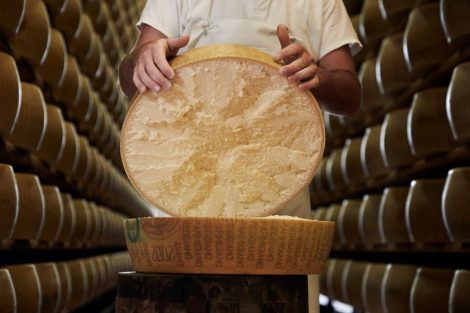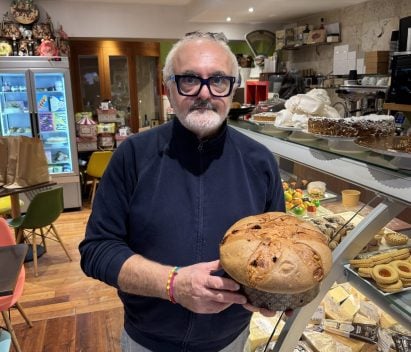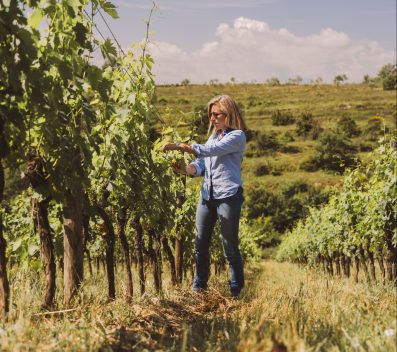At Sant’Anastasia, on the slopes of Monte Somma—the ancient northern face of Mount Vesuvius—there is a restaurant with a curious name that tells stories of family, culinary traditions, and an unbreakable bond with Vesuvius culture. The name, 'E Curti, derives from the Neapolitan adjective used to describe people of short stature, affectionately paying homage to its founders, the Ceriello brothers.
From circus lights to the tranquillity of Vesuvius
Luigi and Antonio, brothers originally from Sant’Anastasia, spent the first half of the 20th century travelling across Italy as presenters of circus shows. This career exposed them to a mosaic of cultural and gastronomic traditions, which they decided to bring back to their hometown. In 1952, back in the shadow of Vesuvius, the brothers took over a tavern originally opened in 1924 by their uncle, a former monk who had chosen worldly pleasures over monastic life. Under the Ceriello brothers, the tavern ’O Monaco gradually gained a unique identity, becoming 'E Curti in tribute to its diminutive new owners.
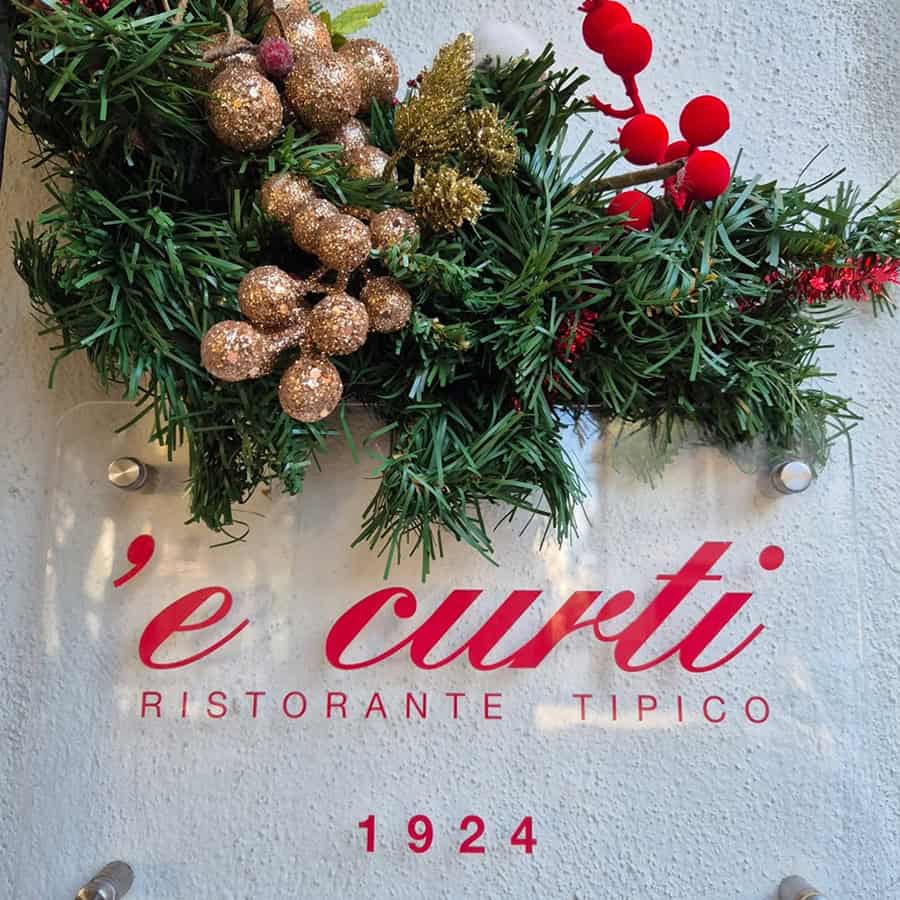
Tradition and continuity
Don Luigi, a charismatic and public figure, became the face and soul of the restaurant until his passing in 1973. The culinary legacy was then handed down to Antonio (who passed away in 1990), supported by his sister Assunta, niece Angela, and Angela’s husband Carmine D’Alessandro. Together, they transformed 'E Curti into a temple of Vesuvian cuisine, rooted in solid traditions yet open to new nuances of flavour. The menu, which has grown over the years, remains faithful to the authentic tastes of the region, with a particular focus on ingredient quality and artisanal preparation of dishes.
In 2020, the loss of Carmine and the legendary Zia Assuntina marked a deeply emotional moment for the family and the Sant’Anastasia community. Sofia and Vincenzo, together with their mother Angela, have taken up the mantle with determination and dedication.
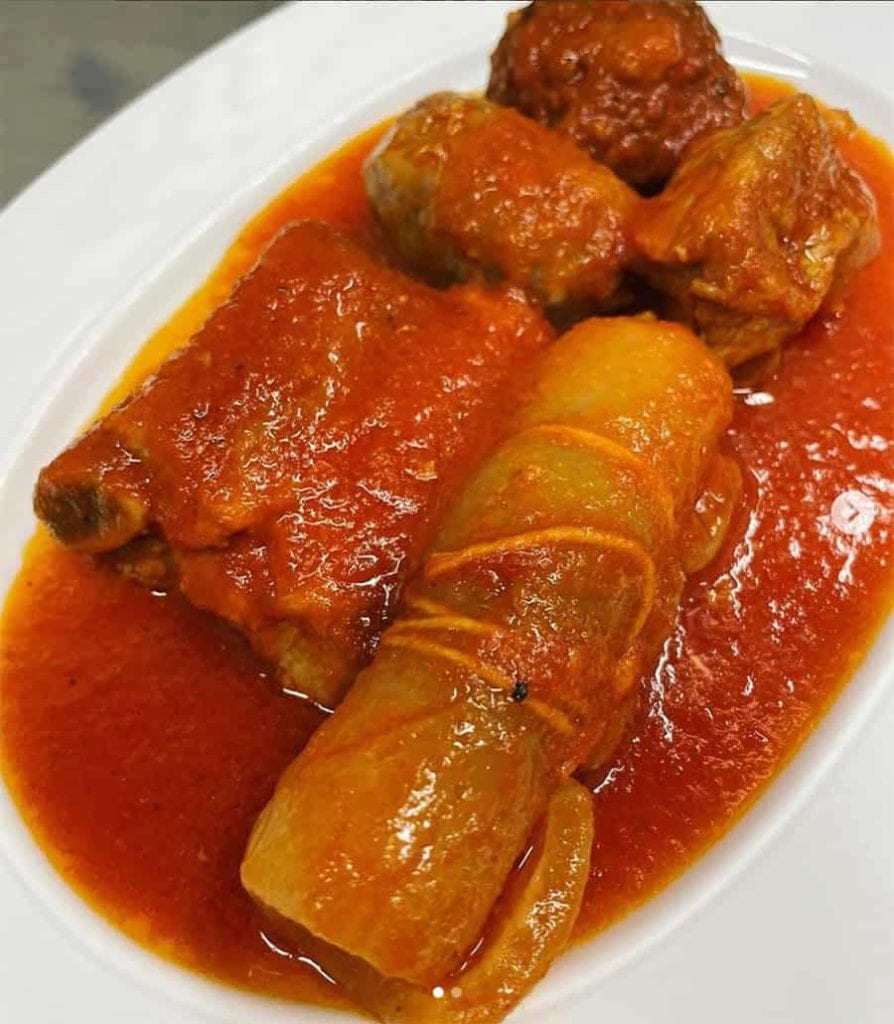
The dishes of the territory
There is an unbreakable bond between the cuisine and the territory of Sant’Anastasia. The restaurant’s gastronomic offerings celebrate Vesuvian tradition, with recipes that enhance local products and techniques handed down through generations.
Among the standout dishes is ragù vesuviano, a rich and dense sauce that cooks slowly for hours, infusing the meat with intense and enveloping flavours. Baccalà alla napoletana is seasoned with Itrane olives, capers, and piennolo tomatoes, a symbol of Vesuvius. Another speciality is minestra maritata, an ancient soup made with meat and seasonal vegetables that reflects the authenticity of peasant cuisine.
Pasta lovers can savour candele spezzate al sugo di tracchie, a tradition rooted in ancient popular festivals. The side dishes highlight local vegetables, such as friarielli sautéed in a pan, often accompanied by grilled sausages. Every dish tells a story, paying homage to the fertile and volcanic land surrounding Sant’Anastasia, turning 'E Curti into a place where the past intertwines with the present through the authentic flavours of the great mountain.
’O Nucillo: ancient flavour in a bottle
At 'E Curti, no meal can end without ’o nucillo. One of the restaurant’s most iconic traditions is the production of this typical walnut liqueur, a perfect digestive and a treasure of early summer. The family recipe, dating back to 1904, has been carefully preserved by the Curti. In 1995, Angela and Carmine’s children, Vincenzo and Sofia, decided to commercialise it. Today, Nucillo is still produced according to the original specifications and has become a symbol of the restaurant, cherished by both local patrons and visitors from afar.
By Antonio Di Sarno, Master in Multimedia Communication of Food and Wine - Suor Orsola Benincasa University (Naples) in collaboration with Gambero Rosso Academy.


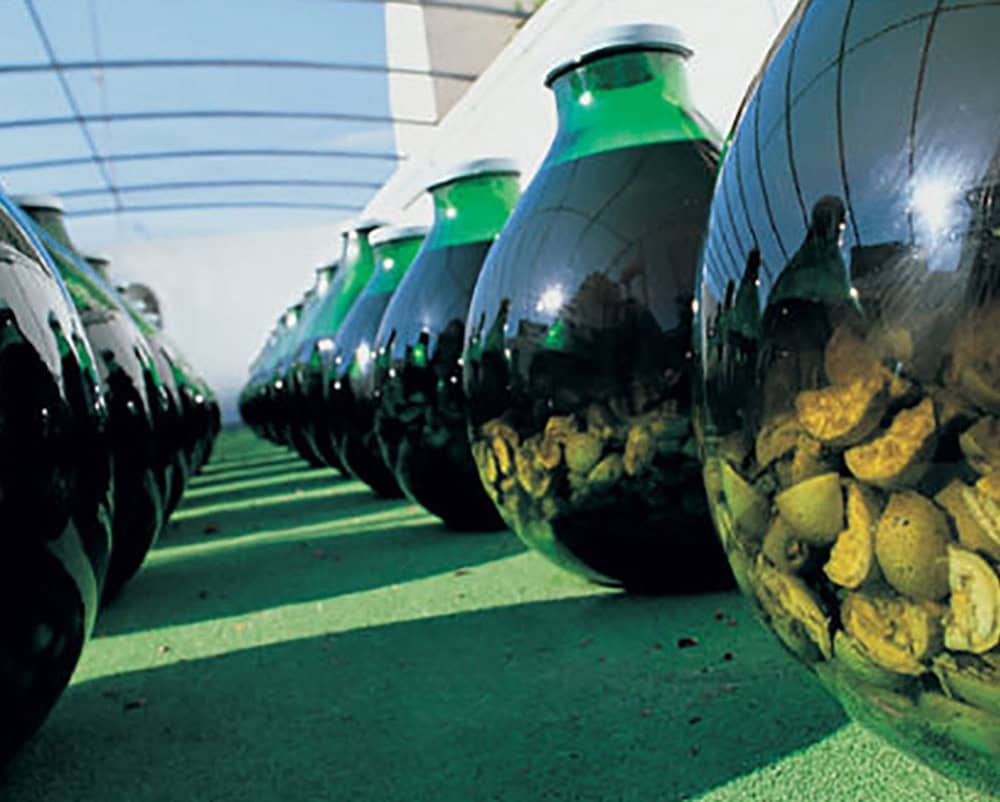
 The UNESCO effect: tourism is growing, but there is a risk of losing identity
The UNESCO effect: tourism is growing, but there is a risk of losing identity The perfect pairing? Wine and books
The perfect pairing? Wine and books 2025 was the year of Trump's tariffs – will 2026 be better for Italian wine in the US?
2025 was the year of Trump's tariffs – will 2026 be better for Italian wine in the US?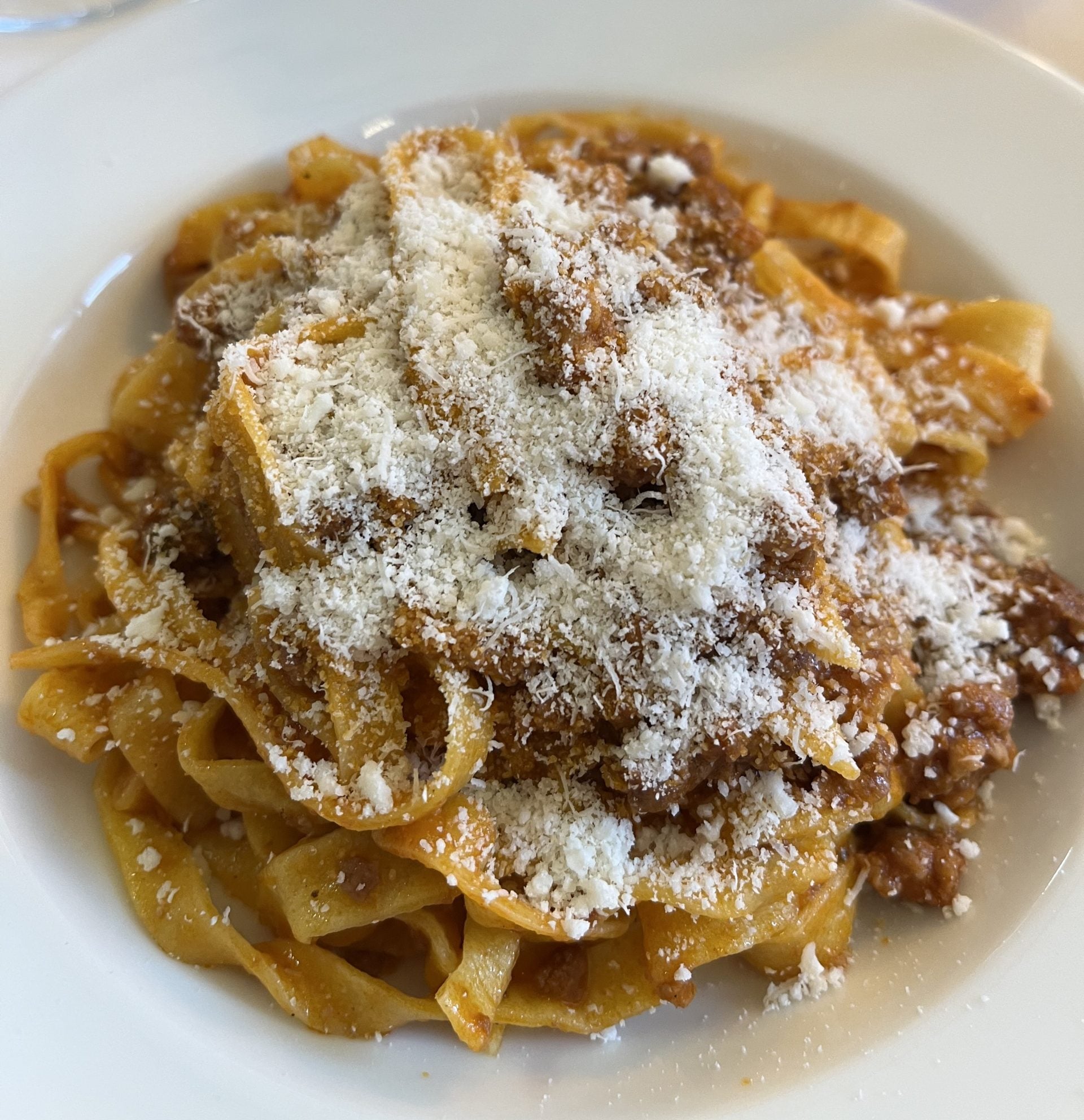 Italian cuisine recognised by UNESCO
Italian cuisine recognised by UNESCO Where is English sparkling wine going?
Where is English sparkling wine going?
